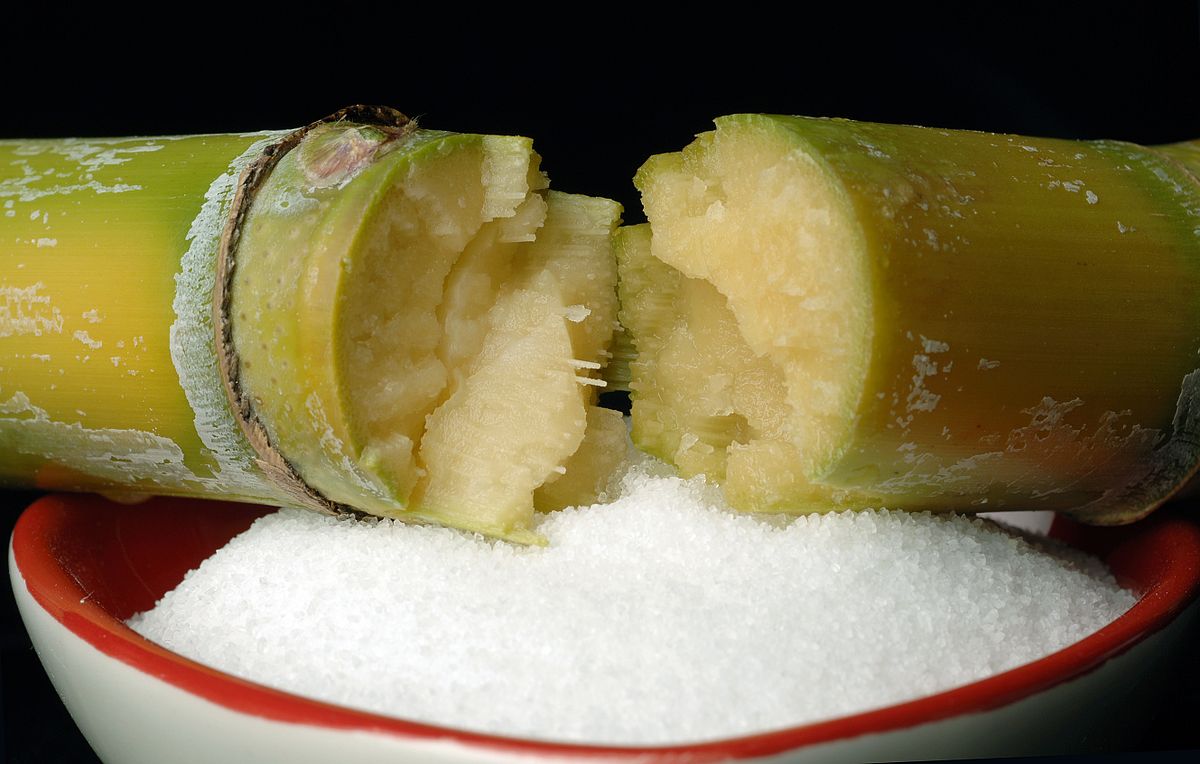Cane Sugar Processing: Typical Techniques and Modern Innovations
Cane Sugar Processing: Typical Techniques and Modern Innovations
Blog Article
A Comprehensive Overview to the Environmental Influence and Sustainability Practices in Walking Stick Sugar Processing
The ecological effect of walking cane sugar handling presents a complex selection of obstacles that warrant careful assessment. From soil degradation and too much water usage to the carbon footprint linked with growing and manufacturing, the effects of traditional techniques are significant. What specific techniques can be implemented to strike an equilibrium in between performance and environmental stewardship?
Summary of Walking Cane Sugar Processing
Walking stick sugar handling entails a series of organized steps that change sugarcane right into polished sugar. Originally, harvested sugarcane is moved to processing centers, where it undergoes cleansing to remove soil and debris. Following this, the cane is squashed to extract juice, which is after that clarified by getting rid of impurities via heating and the enhancement of lime.
The clarified juice undertakes dissipation, where water is eliminated to concentrate the sugar web content. These crystals are divided from the continuing to be syrup utilizing centrifugation, resulting in raw sugar.
The end product is after that dried out and packaged for circulation. Throughout this whole process, maintaining effectiveness and quality assurance is important to make certain the sugar fulfills market requirements. Each action in walking cane sugar processing not just adds to the end product yet also has ramifications for resource use and waste generation, establishing the stage for conversations on sustainability and environmental effects connected with sugar production.
Environmental Challenges of Manufacturing
The production of walking stick sugar offers several significant ecological challenges that warrant focus. One primary issue is the substantial use agrochemicals, consisting of pesticides and fertilizers, which can bring about dirt degradation, biodiversity loss, and contamination of regional water resources. The overflow from sugarcane areas usually lugs these chemicals into nearby ecological communities, disrupting water life and affecting the wellness of areas reliant on these water bodies.
Another obstacle is the high power usage connected with sugarcane processing. The boiling and refining stages need substantial warm, mainly created by burning nonrenewable fuel sources, adding to greenhouse gas discharges. Additionally, the expansive acreage needed for sugarcane farming can bring about logging and environment devastation, more worsening environment change and threatening wild animals.
Moreover, the labor practices in some regions elevate moral issues, as employees may face inadequate working conditions and poor wages. This situation commonly continues a cycle of poverty in local communities. Cane Sugar Processing. Attending to these ecological challenges is essential for establishing a lot more lasting practices in walking cane sugar production, ultimately profiting both the setting and the areas associated with this market
Water and Land Use Effect
Water resources and land utilization are important parts in the cane sugar industry that considerably affect the atmosphere. The farming of sugarcane requires substantial water input, with price quotes suggesting that it can take in as much as 2,000 liters of water per kilogram of sugar generated. This intensive usage of water often results in exhaustion of neighborhood water sources, impacting not only the sugarcane ranches however likewise surrounding ecological communities and areas that rely upon the same water resources for agriculture and domestic use.

Additionally, land usage for sugarcane farming can result in deforestation and the conversion of natural environments right into monoculture vineyards. This method reduces biodiversity, disrupts local ecological communities, and contributes to dirt deterioration. The development of sugarcane areas commonly intrudes on beneficial farming land, producing competition for resources between food and biofuel manufacturing.
Sustainable methods, such as enhancing irrigation strategies and applying plant turning, are necessary to alleviate these effects. By his comment is here taking on much more effective water usage and land management methods, the walking cane sugar industry can minimize its environmental impact, guaranteeing an equilibrium in between agricultural efficiency and environmental conservation.
Greenhouse Gas Emissions
Greenhouse gas emissions represent a significant ecological issue within the cane sugar handling industry, particularly as agricultural techniques broaden to fulfill worldwide demand. The farming of sugarcane, a crop that prospers in exotic climates, depends heavily on artificial fertilizers and pesticides, which add to nitrous oxide emissions. Furthermore, land-use adjustments, consisting of logging for new sugarcane vineyards, launch carbon dioxide saved in plants and soil.
During processing, power consumption is an additional major resource of greenhouse gas discharges - Cane Sugar Processing. Lots of sugar mills use fossil gas to power equipment and create warm, resulting in significant carbon footprints. Moreover, the transportation of raw sugarcane go to website and completed items adds layers of emissions via gas combustion in cars
The cumulative result of these emissions aggravates climate adjustment, positioning threats not only to the environment yet also to the lasting stability of the industry. Stakeholders should identify the urgent need for thorough approaches that attend to these exhausts. This includes evaluating present farming techniques, processing methods, and transport systems to determine locations for renovation and reduction. Addressing greenhouse gas emissions is vital for promoting a much more lasting cane sugar sector in a transforming climate.

Lasting Practices and Innovations
Lasting methods and advancements are significantly important in the cane sugar handling market as stakeholders seek to decrease ecological influences while maintaining efficiency. One substantial advancement is the application of integrated crop management, which enhances source usage by combining dirt management, parasite control, and crop turning methods. This technique boosts return while reducing chemical inputs and maintaining dirt wellness.
Additionally, the adoption of renewable power resources, such as biomass from sugarcane deposits, has actually obtained traction - Cane Sugar Processing. By converting waste items into power, processing centers can decrease their dependence on fossil fuels, thereby lowering greenhouse gas discharges
Water management methods have likewise seen enhancements with the recycling and reusing of water in handling plants, substantially decreasing freshwater consumption. Technologies in technology, such as precision agriculture, make it possible for farmers to check plant health and resource use better, making certain sustainable cultivation practices.
In addition, qualification programs like Fair Profession and Rainforest Alliance urge ecologically accountable farming methods and advertise social equity within the supply chain. By welcoming these sustainable practices and innovations, the walking cane sugar processing market can boost its resilience and add positively to ecological stewardship.
Final Thought
The environmental impact of walking cane sugar handling presents considerable difficulties, including soil deterioration, high water usage, and greenhouse gas discharges, along with moral problems connected to labor techniques. Dealing with these issues with sustainable methods, such as incorporated plant administration, sustainable power fostering, and water recycling, is important. By promoting socially fair and eco responsible methods in sugar production, the industry can reduce its negative results, making certain a more lasting future for both areas and environments entailed visit our website in this market.
Walking cane sugar handling includes a collection of organized actions that transform sugarcane right into refined sugar. Each step in cane sugar processing not only contributes to the final product yet also has implications for source use and waste generation, setting the phase for conversations on sustainability and ecological influences linked with sugar production.
Greenhouse gas emissions stand for a significant environmental problem within the walking stick sugar handling market, specifically as agricultural techniques broaden to satisfy international need.Sustainable methods and advancements are significantly important in the walking cane sugar processing market as stakeholders seek to reduce environmental influences while keeping efficiency.The environmental impact of cane sugar processing provides significant obstacles, including dirt destruction, high water intake, and greenhouse gas discharges, together with honest issues connected to labor techniques.
Report this page